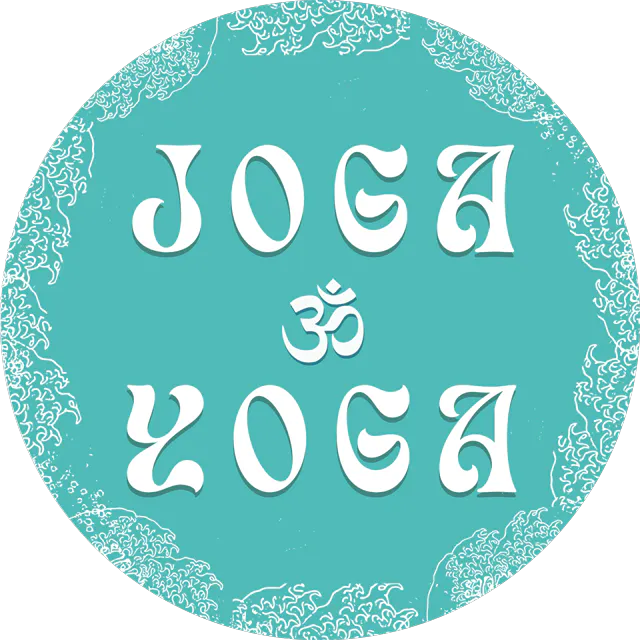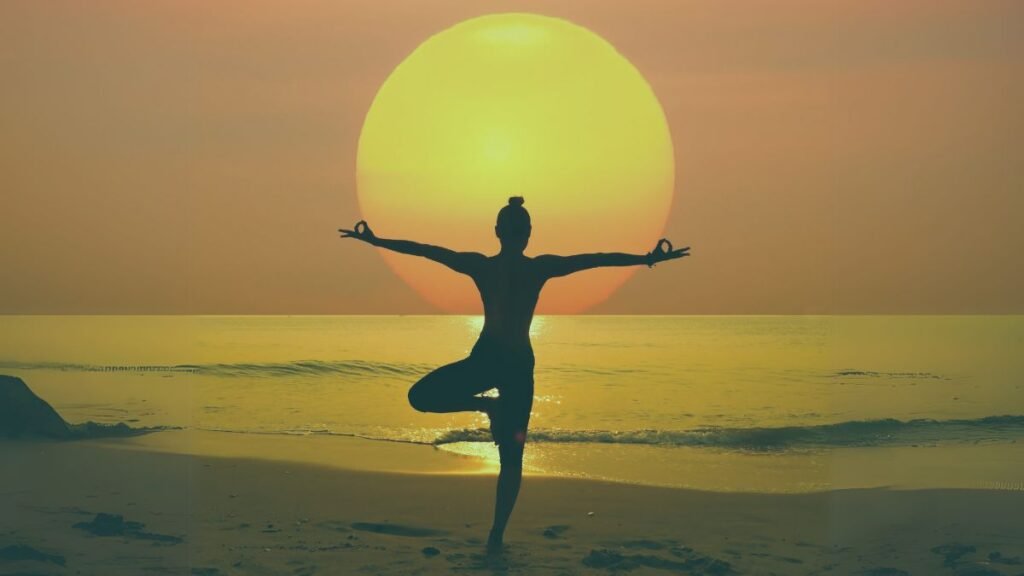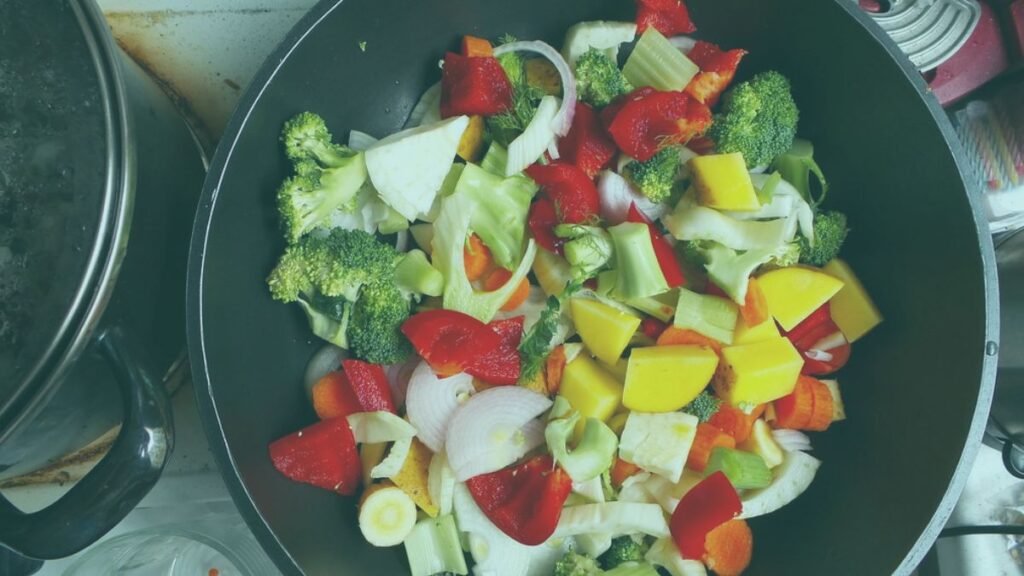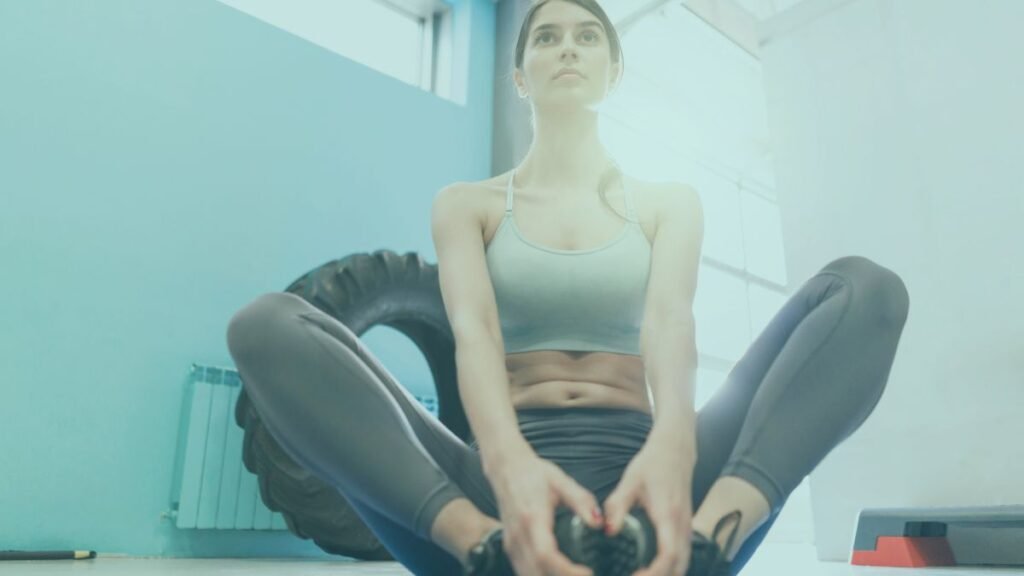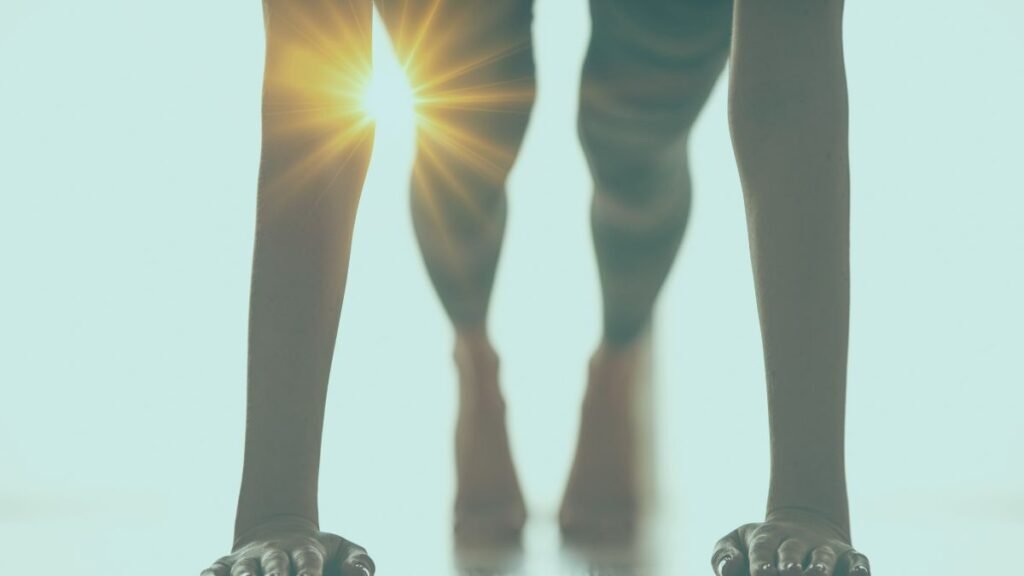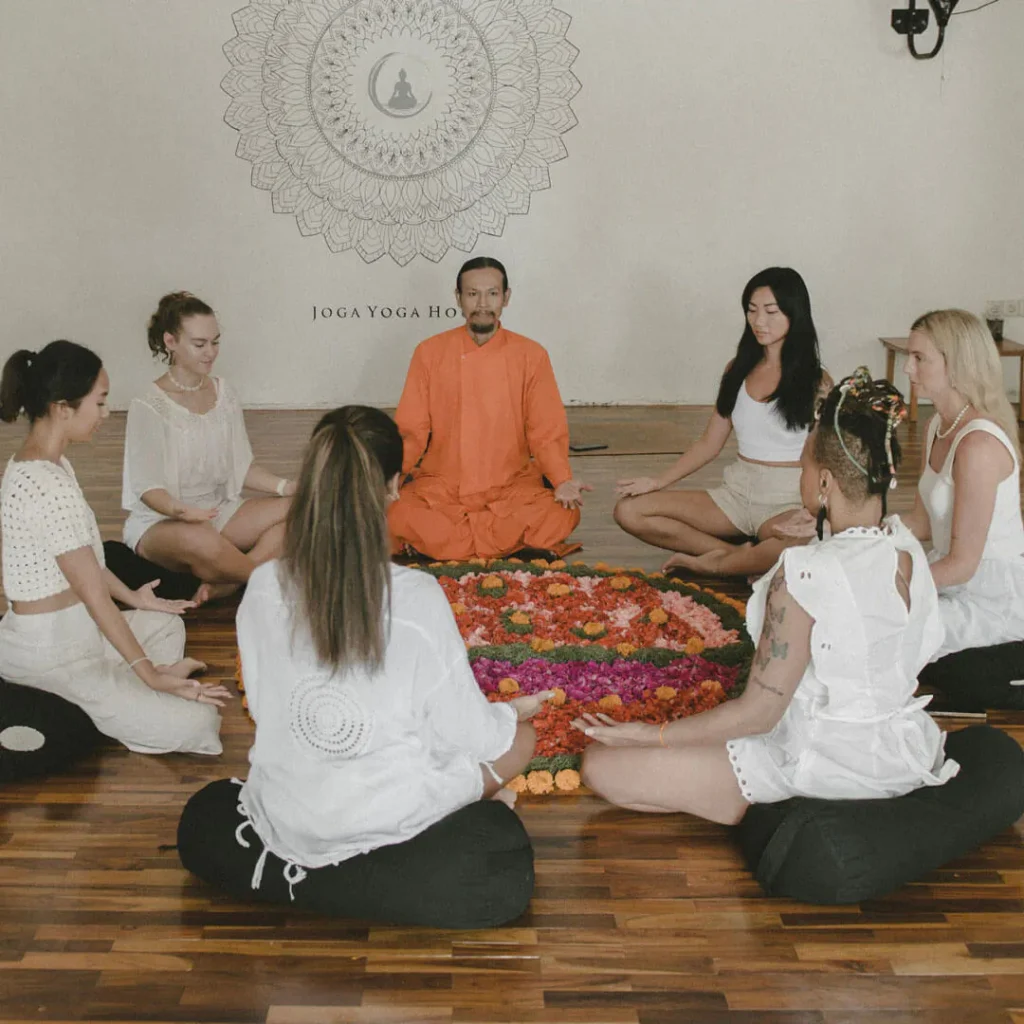Many yoga students hear the names Ashtanga and Vinyasa and wonder if they are the same. Both link movement with breath, both build strength and focus, and both can feel like meditation in motion. But they are not the same practice.
Ashtanga Yoga follows a set sequence of poses that never change, while Vinyasa Yoga is creative and changes every time you step on the mat.
In this guide, we’ll explain the main differences between Ashtanga and Vinyasa, the benefits of each, and how to choose the style that fits your goals. If you want to go deeper or become a certified yoga teacher, you’ll also see how both styles are part of Joga Yoga’s Teacher Training in Bali.
TL;DR – Quick Summary
If you want a structured, traditional practice, choose Ashtanga Yoga. It follows a fixed series of poses that help you track your progress over time.
If you want a creative and flexible practice, choose Vinyasa Yoga. It changes from class to class, offering more freedom, music, and flow.
Most yogis enjoy both styles for different reasons. Ashtanga builds discipline and strength, while Vinyasa brings creativity and fun.
If you love learning, teaching, and exploring both practices, check out Joga Yoga’s 200-hour and 300-hour Yoga Teacher Training in Bali. A program that teaches both Ashtanga and Vinyasa styles in a supportive, hands-on way.
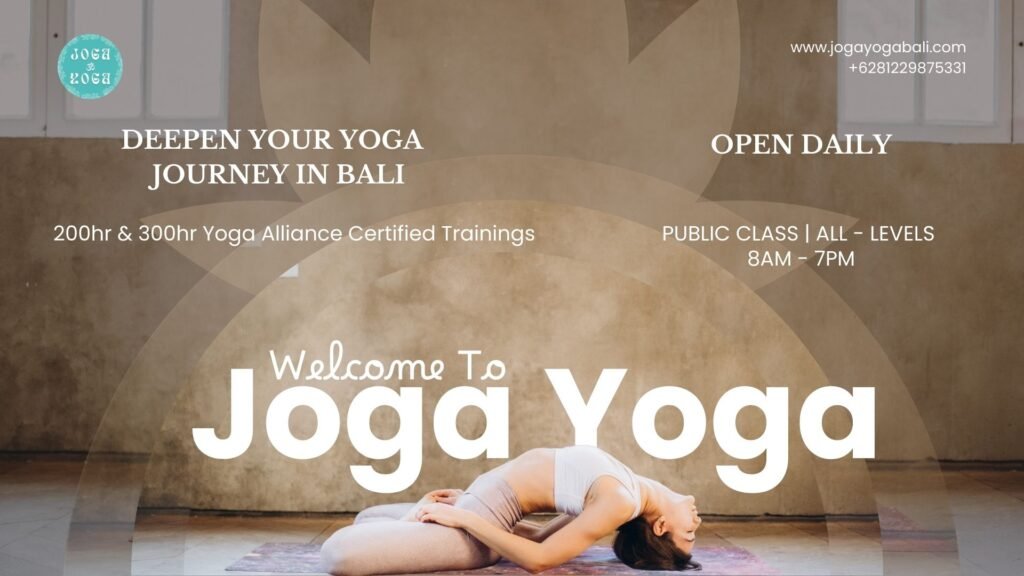
What Is Ashtanga Yoga?
Ashtanga Yoga is one of the oldest and most traditional forms of yoga still practiced today. It was developed by Sri K. Pattabhi Jois in the early 1900s, based on ancient yoga teachings from Patanjali’s Yoga Sutras.
Ashtanga means “eight limbs,” which refer to eight parts of a yogic lifestyle, from physical postures and breathing to meditation and self-discipline.
How Ashtanga Works
Ashtanga follows a set series of poses that are always practiced in the same order. The main idea is to link one breath with one movement. This creates a smooth and focused flow that builds strength, flexibility, and inner peace.
You will often hear about two main ways to practice Ashtanga:
- Led Classes: The teacher guides everyone through the same sequence together.
- Mysore Style: Students move at their own pace while the teacher walks around to offer personal adjustments.
Why People Love Ashtanga
- It brings a clear sense of progress — you can see yourself improve each week.
- The repeated sequence builds muscle memory and focus.
- It connects deeply to the roots of yoga philosophy.
- It helps calm the mind through breath and discipline.
Ashtanga can be intense, but it is also deeply rewarding. If you like structure, quiet practice rooms, and spiritual focus, Ashtanga might be perfect for you.
What Is Vinyasa Yoga?
Vinyasa Yoga is a modern and flexible style of yoga that connects breath with movement. The word Vinyasa means “to place in a special way.” This means every pose flows naturally into the next one, guided by your breath.
Unlike Ashtanga, Vinyasa does not follow a fixed series of poses. Each class can be different. One day you might focus on balance and strength, and another day on stretching and relaxation. The teacher creates a new sequence each time, often adding music or themes to match the energy of the class.
Why People Love Vinyasa
- Every class feels fresh and unique
- The pace can be gentle or fast depending on your mood or energy
- It improves flexibility, coordination, and focus
- The creative flow feels like a moving meditation
- Great for beginners and advanced yogis alike
Vinyasa classes usually last between 60 and 75 minutes and include Sun Salutations, standing poses, and seated stretches. You will often hear the teacher say “take a vinyasa,” which means flowing through plank, chaturanga, upward dog, and downward dog before continuing the sequence.
If you enjoy variety, creativity, and music, Vinyasa Yoga might be your favorite way to move and breathe.
Ashtanga vs Vinyasa: Key Differences at a Glance
Even though Ashtanga and Vinyasa share the same roots, they feel very different in practice. Here is a simple breakdown to help you compare them.
| Feature | Ashtanga Yoga | Vinyasa Yoga |
| Structure | Fixed sequence of poses | Flows change every class |
| Style | Traditional and disciplined | Modern and creative |
| Speed | Fast and steady | Varies from slow to quick |
| Music | Usually practiced in silence | Often uses calming or upbeat music |
| Props | Rarely used | Props are welcome |
| Focus | Progress and mastery | Freedom and expression |
| Teaching Style | Led or Mysore self-practice | Teacher-led flow |
| Duration | 90 to 120 minutes | 60 to 75 minutes |
Ashtanga feels more like a set routine that you can master over time. Vinyasa feels like a dance that changes every day. Both connect breath and movement but offer different experiences depending on what you need.
Benefits Compared: Which One Builds What?
Both Ashtanga and Vinyasa Yoga make you stronger, calmer, and more focused. However, each one works on your body and mind in slightly different ways.
Benefits of Ashtanga Yoga
- Builds strong muscles, especially in the arms, core, and legs
- Improves stamina and balance
- Helps you track progress easily with the same poses each time
- Trains the mind to focus deeply
- Encourages discipline and commitment
Benefits of Vinyasa Yoga
- Increases flexibility and body awareness
- Burns calories and improves heart health through dynamic movement
- Keeps the mind fresh with creative flows
- Allows personal expression and self-discovery
- Reduces stress with rhythmic breathing and music
If you want a routine that pushes your limits, Ashtanga is a great fit. If you prefer variety, creativity, and a balance of strength and flow, Vinyasa is ideal.
At Joga Yoga Bali, students experience both styles during Yoga Teacher Training. This helps them learn structure from Ashtanga and creativity from Vinyasa, building a well-rounded foundation for teaching anywhere in the world.
Which Is Better for Beginners?
Beginners can practice both Ashtanga and Vinyasa Yoga, but they offer very different experiences. The right one for you depends on your fitness level, goals, and personality.
Ashtanga for Beginners
Ashtanga is great for people who enjoy structure and routine. Because the poses never change, you can easily track your progress over time. However, it can feel intense for complete beginners because it moves quickly and includes many strength-based postures.
Vinyasa for Beginners
Vinyasa is more flexible and can be easier to start with. The sequences change, and the teacher often gives options to make each pose easier or harder. It allows you to build strength and confidence gradually.
Vinyasa is also perfect for people who like movement, variety, and music. You can join classes with different themes, such as stress relief, flexibility, or strength.
What Joga Yoga Recommends
At Joga Yoga Bali, beginner students experience both styles. The school teaches Ashtanga to help you understand alignment and breathing, and Vinyasa to help you develop creativity and flow. This combination helps new yogis grow faster and prepares them for teacher training later on.
Class Experience: What to Expect
Before you join a class, it helps to know what the experience feels like. Here’s what you can expect in each style.
In an Ashtanga Class
- You will follow a set sequence of poses every time.
- The teacher guides your breath and movement.
- In Mysore-style classes, you move at your own pace while the teacher gives gentle hands-on adjustments.
- Classes are quiet, focused, and physically challenging.
- There is no music, and props are rarely used.
- After class, you will feel strong, centered, and calm.
In a Vinyasa Class
- Every class is unique.
- The teacher creates a flowing sequence that may include Sun Salutations, standing poses, balances, and stretches.
- The pace can vary from slow and mindful to fast and energetic.
- Soft music may play in the background.
- Classes often end with a short relaxation or meditation.
- After class, you will feel refreshed, light, and open.
Costs and Class Options
Yoga class prices can vary by location. In most studios, single classes cost $10–$20 USD, and monthly memberships range from $60–$120 USD. Online classes are often cheaper and offer more flexibility.
If you ever plan to travel, Bali is one of the most popular destinations for both Ashtanga and Vinyasa yoga classes. Many students visit Joga Yoga Bali to enjoy tropical weather, peaceful studios, and world-class teachers.
Who Should Choose Ashtanga vs Vinyasa?
Still unsure which one fits you best? Here’s a simple guide to help you decide.
Choose Ashtanga if You:
- Like structure and routine
- Want to build strength and discipline
- Enjoy quiet, focused practice
- Prefer seeing steady progress with each class
- Are interested in yoga’s traditional roots
Choose Vinyasa if You:
- Enjoy creativity and change
- Like moving to music or rhythm
- Prefer shorter classes
- Want a mix of strength and flexibility
- Enjoy learning new poses often
Or Choose Both
Many students blend the two styles. Practicing Ashtanga builds a strong foundation, while Vinyasa adds variety and creativity. Together, they balance strength and softness — the true heart of yoga.
If you ever decide to deepen your practice or teach others, you can learn both styles professionally through Joga Yoga’s 200-Hour and 300-Hour Yoga Teacher Training in Bali. The program teaches sequencing, alignment, and teaching methods for both Ashtanga and Vinyasa, preparing you to teach anywhere in the world.
Ashtanga and Vinyasa in Yoga Teacher Training

If you plan to become a yoga teacher, understanding both Ashtanga and Vinyasa will give you a strong foundation.
At Joga Yoga Bali, our 200-hour and 300-hour Yoga Teacher Training includes both styles. You will learn:
- Ashtanga: Alignment, sequencing, and traditional philosophy
- Vinyasa: How to design creative flows and teach safely
- Breathwork and Meditation: Connecting the inner and outer practice
- Teaching Practice: Hands-on experience guiding real classes
This mix of tradition and creativity helps you become a confident, versatile teacher. You will learn how to structure a solid class, adjust students safely, and teach with clarity and heart.
After graduation, you will earn a Yoga Alliance RYT certificate, allowing you to teach anywhere in the world.
Conclusion: Which Style Should You Choose?
Both Ashtanga and Vinyasa can transform your body and mind.
If you want a structured, meditative, and traditional practice, start with Ashtanga Yoga.
If you want a creative, flexible, and expressive flow, choose Vinyasa Yoga.
There is no wrong choice. Both paths lead to mindfulness, strength, and peace.
If you are ready to go deeper or want to teach yoga professionally, join Joga Yoga’s Yoga Teacher Training in Bali. You’ll study both Ashtanga and Vinyasa under expert teachers, surrounded by the beauty and calm of Bali.
